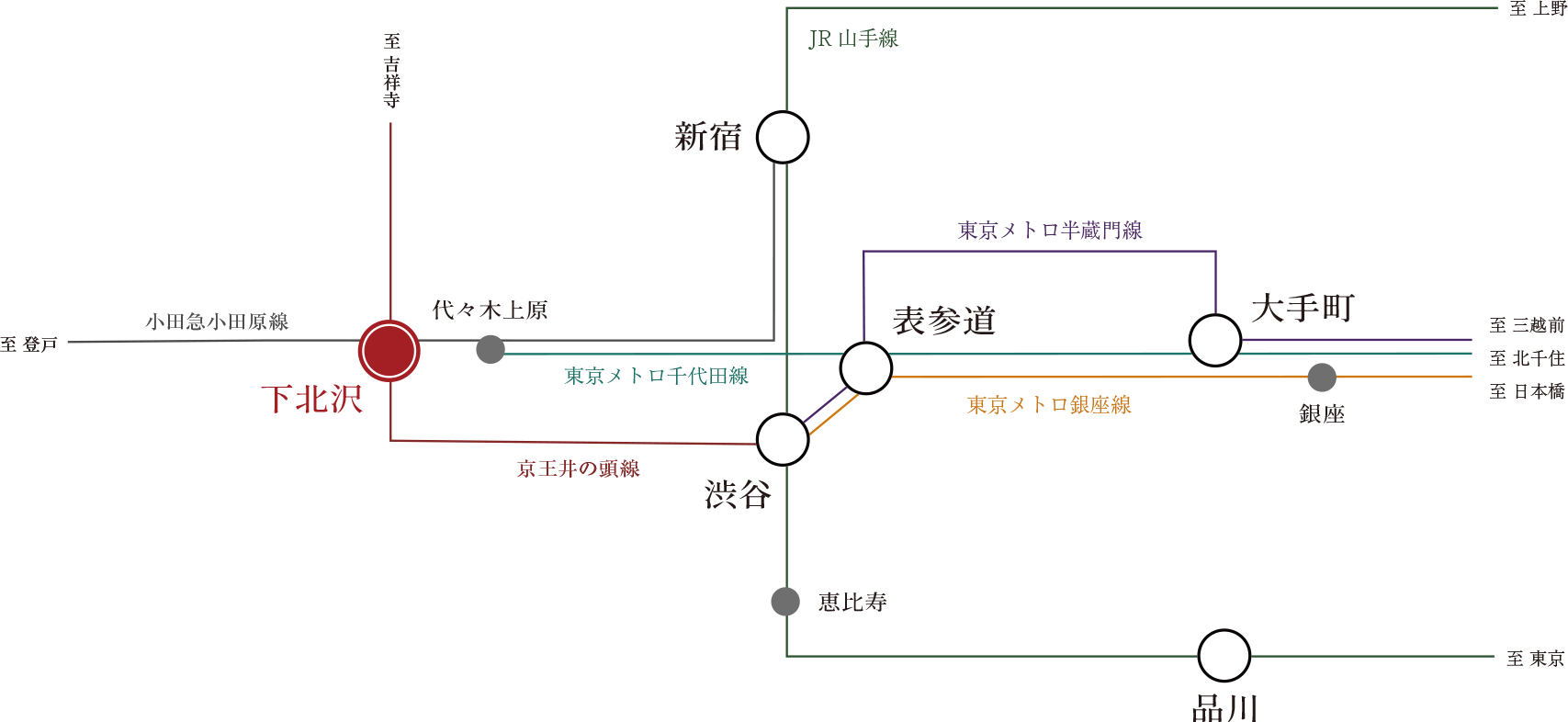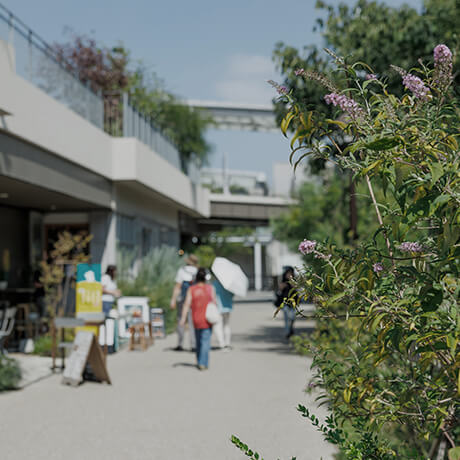
POSITION
The serene Daizawa residential district where urban sophistication and greenery blend harmoniously, offering unmatched convenience.

The Daizawa residential area was once known as “Seifuen”.
In the early Showa period, Daizawa’s “Seifuen” was developed as a distinguished residential district alongside Shoto’s “Shotoen” and Oyama’s “Oyamaen.”
Revered as a "village of writers" beloved by poets such as Hakushu Kitahara, the area’s harmony of grand residences and lush greenery has earned it a place among the Setagaya 100 Scenic Spots, embodying dignity and timeless beauty.
*Source: From the Setagaya Trust Urban Development Foundation “A Guide to Discovering Modern Architecture in Setagaya – Survey of Modern Architecture in Setagaya”,
Special Exhibition "Modern and Contemporary Shibuya from the Perspective of Housing - From Suburban Life to Urban Life" at Shibuya Ward Museum of Local History and Literature



- HISTORY
- Between the late Taisho and early Showa periods, residential development utilizing the former estates of counts, marquises, and industrialists led to the emergence of Seifuen, which became one of the premier residential areas alongside Shotoen (Shibuya Ward's Shoto) and Oyamaen (Shibuya Ward's Uehara and Oyama-cho), forming the foundation of modern Daizawa. The charm of this scenic residential district endures, despite the transformations of the city over time.
- URBAN PLANNING
- Districts designated as Category 1 Exclusively Low-Rise Residential Areas adhere to strict building regulations aimed at preserving a high-quality living environment for low-rise residences. Shotoen, Oyamaen, and the area of Daizawa formerly called Seifuen, which all share the Category 1 designation, are renowned in particular as premium residential neighborhoods near the city center.
*本物件は第一種中高層住居専用地域に位置しています。 - CULTURE
- Offering both exceptional transportation access and a tranquil, open hillside environment, Daizawa has long been cherished by prominent figures, including prime ministers, renowned writers, poets, and haiku masters who made it their home. Hakushu Kitahara, Riichi Yokomitsu, and Mari Mori created works inspired by Shimokitazawa, while Sakaguchi Ango, who once taught as a substitute at Daizawa Elementary School, also had strong ties to the area.
*List of sources
From the Setagaya Trust Urban Development Foundation:
“A Guide to Discovering Modern Architecture in Setagaya – Survey of Modern Architecture in Setagaya” - Published in March 2012
From the Setagaya Ward website:
100 Views of Setagaya https://www.city.setagaya.lg.jp/documents/4378/hyakkei10.pdf
Shimokitazawa Writers' Town Cultural Map https://www.city.setagaya.lg.jp/documents/10324/shimokitazawabunkachizu-9.pdf
Setagaya City Urban Planning Map https://www.city.setagaya.lg.jp/documents/3680/1kitasawa.pdf
5-minute direct train access to Shibuya Station, 9-minute direct train access to Shinjuku Station.
The Odakyu Odawara Line offers direct access to Shinjuku and connects to the Tokyo Metro Chiyoda Line, providing direct access to Otemachi and other central areas.
Together with the Keio Inokashira Line, which offers direct access to Shibuya, the area provides excellent connectivity to key urban destinations.

 SHIBUYA
SHIBUYA
5min
Direct access
(Daytime use: 3 minutes)
 OTEMACHI
OTEMACHI
23min
(Daytime use: 23 minutes)
 SHINJUKU
SHINJUKU
9min
Direct access
(Daytime use: 8 minutes)










